a few years ago we met lisa-marie bosbach at basement, a creative space in berlin neukölln. as we got to know her better, we discovered her creative eye and hands, her ceaseless curiosity and willingness to explore new disciplines and landscapes and share the beauty that comes her way, using her voice and image(s) to spread marvel but also awareness, urging the fashion industry to take responsibility over its social and environmental impacts.
lisa-marie is a model and visual artist from cologne. in this interview we explore her passions and personal projects and also her views on the matters of sustainability and social justice within the fashion industry.
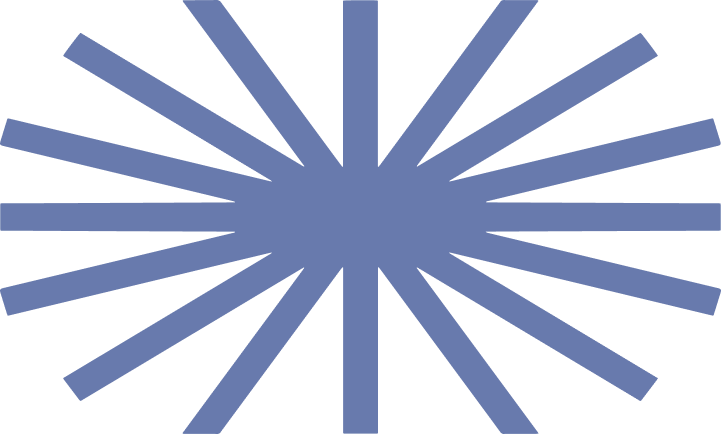
Hi Lisa-Marie!
Do you want to tell us about this very moment and teletransport us to you?
That sounds really nice! Now, you’ve been modelling for a few years all the while studying integrated design, taking photographs yourself and being involved in various projects and disciplines. How do these multiple facets relate and influence each other?
Oh, a tough one to start with! As you might’ve guessed, they all influence each other quite a lot. It can be little things even. A modeling trip often gives me the opportunity to explore foreign places and cultures, which I love to observe and capture through videos and photos. A scientific course at uni will influence how I view structural change and want to express a certain topic visually, mostly involving nature again. It all comes down to a curiosity about exploring and understanding humans and our earth and I think the more varied angles you look from, the better one can understand how things are intertwined. I love working across disciplines and linking things that I might not have seen if my path had been more one-sided. All this got me really into visual storytelling as a tool of understanding my surroundings basically and expressing what these whirlwinds of stimuli make me feel.
Uni also introduced me to screenprinting, which I love to use for experimenting with prints of my pictures. I really enjoy working with my hands so it’s a good way to combine all these things. I’m always trying to transmit some kind of feel or message, and there is not one single medium for that. It can be pictures, a video, fabrics etc.

▪︎ Marcel Boer
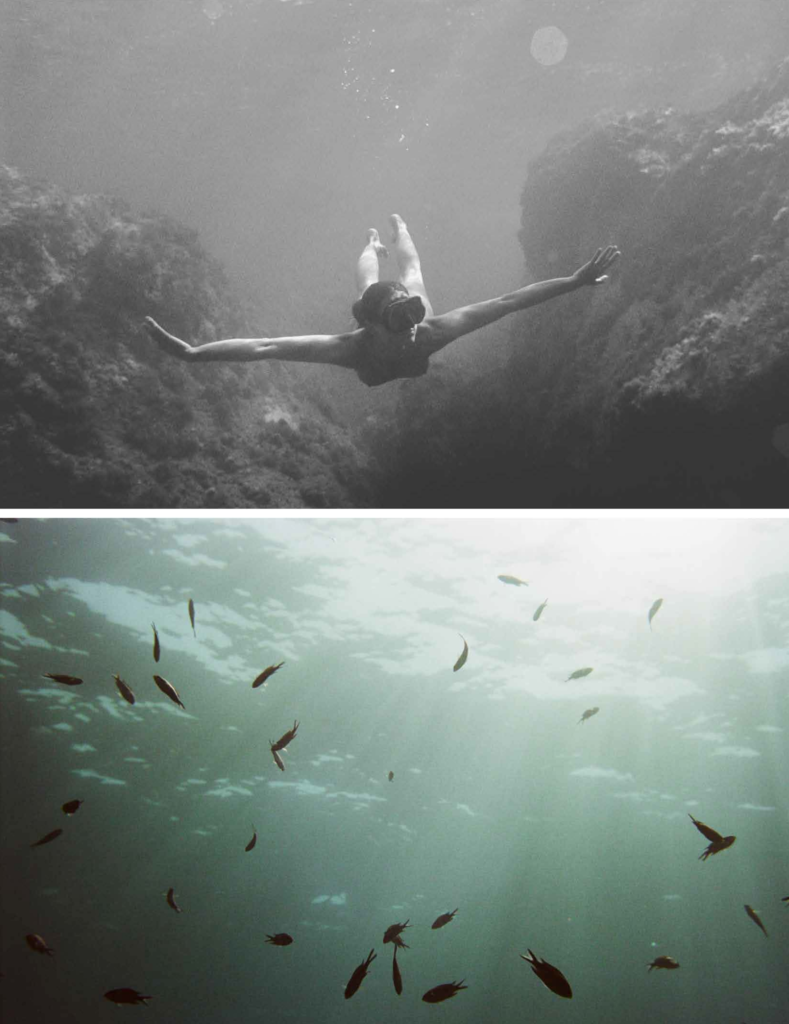
I think as varied as the things I do is the “image” I would like to portray. I am not the same any other day, so what I want to express or portray changes too for that matter. One day I feel strong and confident, another I feel hurt or lost. One day I really feel my feminine side whilst on other days my tomboy side persists.
A topic that always stays though, is the need to express our interconnectedness with nature and the happiness and inner peace it brings me to immerse in it, observe and explore it. With my photos and videos, I try to bring some of that back to others. Anytime something challenging happens I’m drawn to the sea and it instantly soothes me. I like to make sure I actually take the time to get out there and enjoy this beautiful planet, in all this madness, as much as possible.
A big aspect for me is also being confident in my body and showing that. To the outside, being a model, it might seem like a classic model figure but actually, it’s been a long journey to love it the way it is. Someone tells you to shave your arm hair, loose 3cm on your hips, that your shoulders are too wide or your skin is too sensitive – on a daily basis. As if that defined your worth. And the paradox is, in that profession it does. Luckily, things seem to be changing right now. It’s so exciting to see that shiny, unrealistic image of women, void of imperfections, fade.
However, girls like me are still struggling in the industry, because we are neither in the curvy nor in the super-thin “classic” model category. Yet, we’re still here. I’ve always been a more athletic type and it was hard to fit anywhere really because my measurements weren’t fitting the desired sizes. I had to work really hard to stay “in shape” and it drifted into unhealthy ways. It takes a toll on your body – you can’t maintain that for long, which is why many girls are successful for a couple of seasons and then burn out.
Part of the healing process for me was being shot nude, often in nature. It felt raw and beautiful and I wanted to show everyone that I am perfect just like that. No makeup, clothes, or artificial light + editing to alter my body. I started loving it more and more and it was a wonderful journey. I had quit modeling for about two years in between. I was over all this losing weight and achieving the “perfect” (what is that anyway?) body to give my face to brands whose values I don’t even align with. This time, I am trying to do things differently and only got back into it because my new agency was so supportive and accepted that they had to take me the way I am or not at all. Nowadays, I take care of myself and exercise because it makes me feel good and healthy, and that’s something I want to portray.
Thank you for all that honesty! You are also active on your social media about the problematics of the fashion industry, both in terms of environmental and social issues. From an insider perspective, what are for you the biggest challenges the fashion industry faces?
Firstly, Brands need to finally be held accountable if they fail to pay their workers appropriately. Plus, there need to be regulations put on them to avoid overproduction. Simultaneously, moving back to a way slower pace of production and simply a complete mindset shift basically, rethinking how we “consume” not only fashion but consume in general. It trickles through to the way we eat, move and take care of ourselves. We need to become more conscious and understand who we are to have our needs met and stop filling the void with useless stuff.
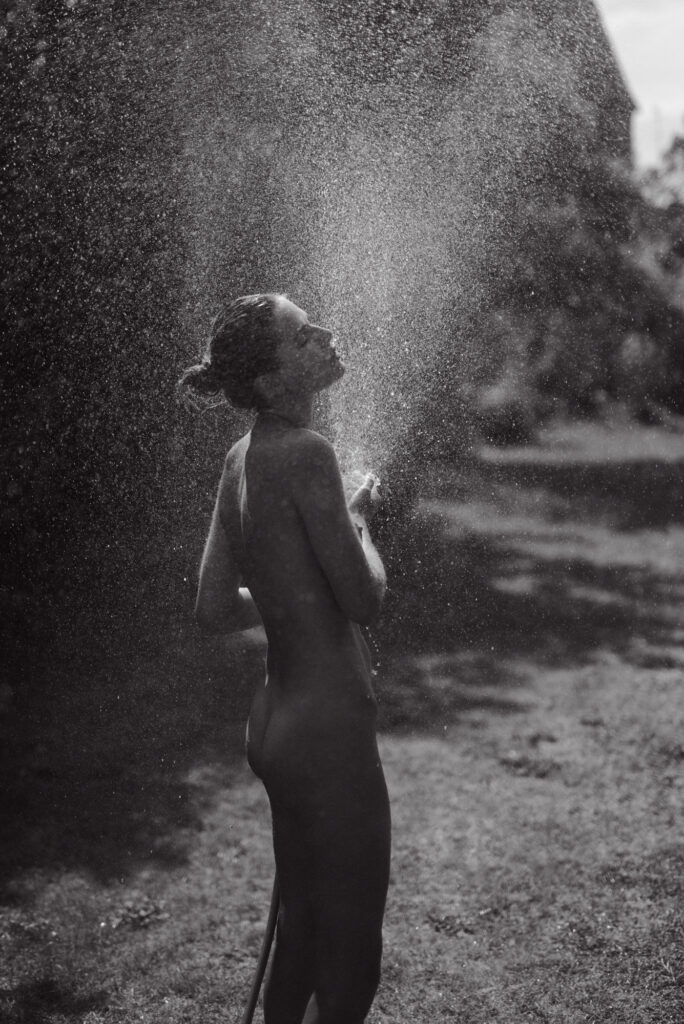
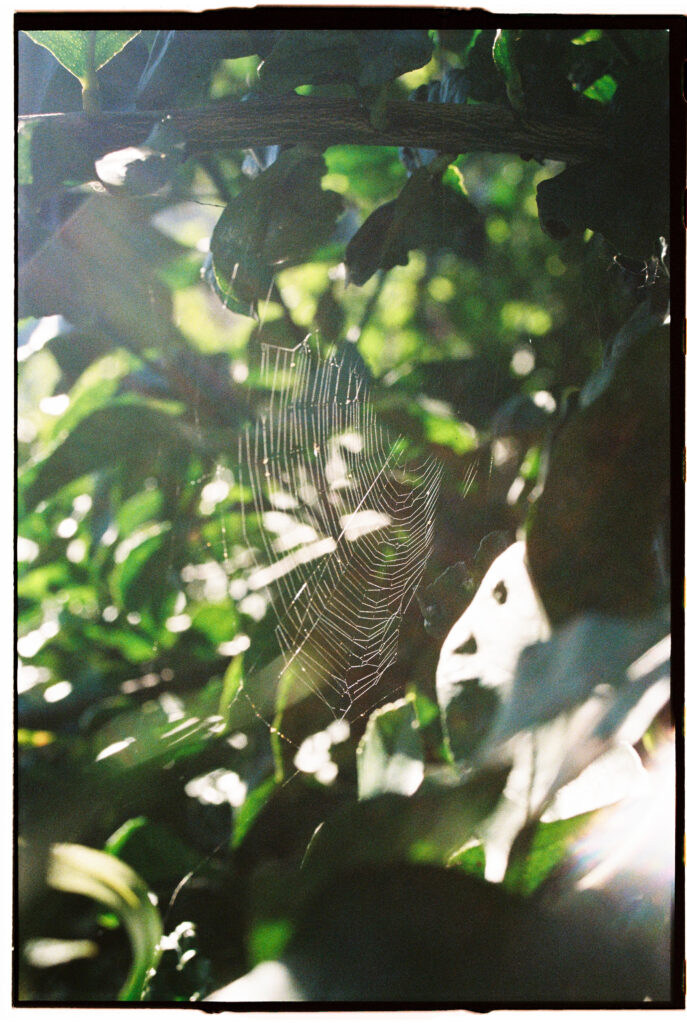
Especially through social media it’s become very quick and easy to reach the masses to tell them you need this piece and it’s gonna make you happy. I think that power can be used reversely as well though. There are many brands that are paving the way for a more conscious fashion world through impactful storytelling, and donate big portions of profits to causes that fit their philosophy. Brands can be great communicators and allies for countless causes. Some partner with NGO’s which I think is amazing, combining those forces for good, whilst supporting small communities and artisans.
I’m also really inspired by Arizona Muse and her Charity DIRT, that aims to regenerate the soil through supporting the biodynamic farming movement. I think works like these are a huge opportunity for fashion, because everything we wear has eventually been farmed in the first place.
Further, Tools like Plana.earth, who have already partnered with a number of fashion brands are incredibly helpful at monitoring your environmental impact through data. This is something that would make sense to subsidize and implement on a way bigger scale. Measuring your impact and then offsetting whatever is too much should be a given. I think it is crazy that there are so many small brands with tiny budgets who bend over backward to produce as ethically and sustainably as possible, supporting and donating to numerous initiatives, whilst In the same breath, huge brands go on with their unregulated and exploitative mayhem. It’s just insane.
Yes, this is a huge dilemma. I think it leans a lot toward what I said in the previous question. Plus, we need to become aware and consume consciously.
There is always going to be someone else paying the price if you’re not paying for it. I watched my mom sewing costumes for us as little kids. She always repaired everything and did things herself. We never had the new stuff or wore expansive brands. It always looked a little weird, too big, or with a funny patch but that’s what made it special. I remember that back then I already had my favorite items of clothing that I was really sad to grow out of haha! I think that’s what is missing. Connection. To the clothes that touch our skin every single day and to the people who diligently sewed them for us and most importantly, to ourselves.
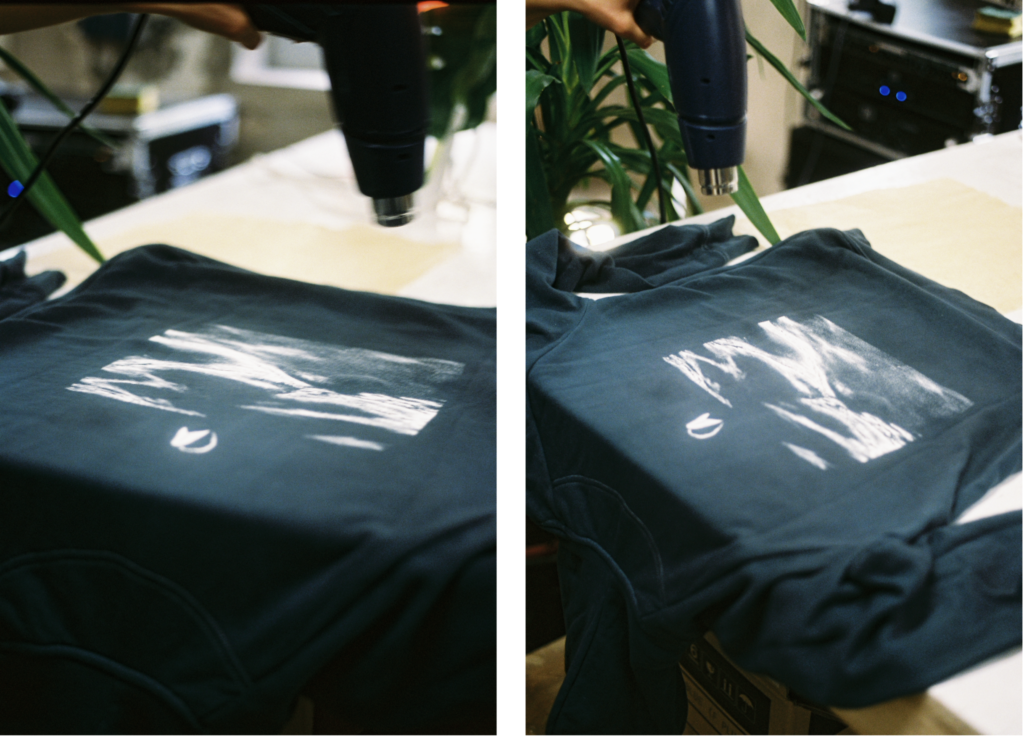
Me having watched my mom and grandma sitting at the sewing machine for hours on end to create something unique for me and my sister made it really easy for me to connect to the workers far away, many of them mothers like my own, who sew to feed their family.
Understanding where it comes from. And that’s not only in fashion – it trickles down to food and everything else we consume. And I believe, if we are not connected with and to ourselves, we’re never gonna solve all these problems.
What I’m saying is, she got creative! Then, maybe once a year we’d get “unsustainable” clothes because we really needed something new. Unpopular opinion, but I also believe, if you really urgently need some clothing and can’t afford the “good” brands, I think it’s better to buy a “fast fashion” item you can afford that you know you will really love, which fits and wear until it falls apart. That you buy consciously, rather than buying a super expensive alternative piece, just because it is “fair” and then ends up in your wardrobe without ever seeing the daylight.
That’s a very different practice than buying a new trend from H&M every other week though. The intention is different. So I think it’s so unfair that, again, those in the lower-income range are the ones feeling guilty. Instead of the ones who are filling their pockets on the back of the poor. I would really like to know if they do feel guilty sometimes.
Me having watched my mom and grandma sitting at the sewing machine for hours on end to create something unique for me and my sister made it really easy for me to connect to the workers far away, many of them mothers like my own, who sew to feed their family.
So, that’s what I always think of when I’m asking myself if I really need to buy another piece of clothing, or if maybe I can find a way cooler gem on the fleamarket.
I mean, there are great alternative solutions like renting clothes, swaps, 2nd hand, and upcycling old clothes into something new. I think what it comes down to though is knowing your style ‘cause then there is no need to jump onto trends. Buying timeless pieces and simply buying less, whilst really thinking twice if you need an item or not.
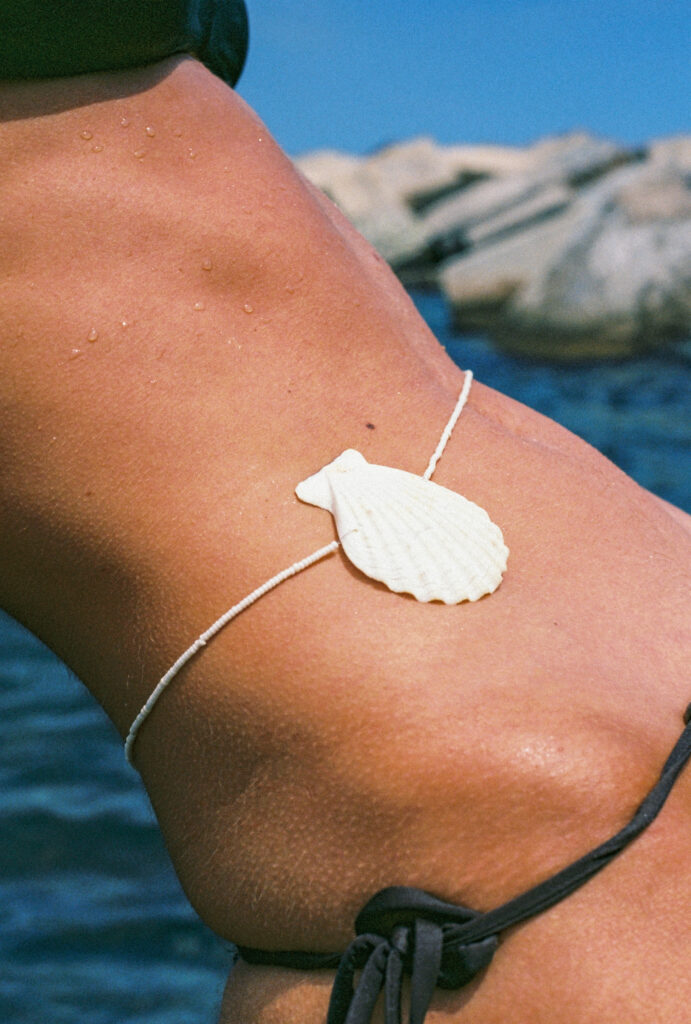
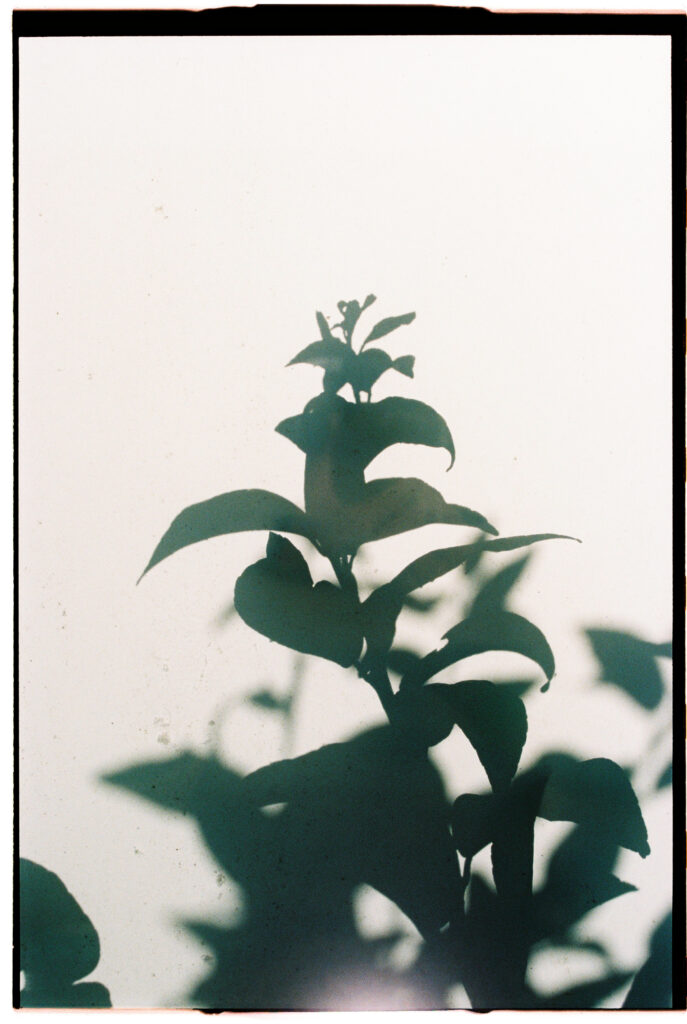
Can you tell us a bit about your involvement in the cause and how you take action as an individual?
There are quite a few little things. I am by no means perfect but I am trying my best. I got into sewing and screenprinting myself, which I use to support small and local brands or artists by printing their messages on garments. I buy mostly 2nd hand or from small, local brands. Those are also the ones I started wanting to support through my work as a model – so last year I went to Ibiza with my friend and photographer Marcel Boer. It was my first travels since Covid started and I was keen to shoot some beautiful imagery for those little brands I really love and align with. It started with friends and friends of friends. It was super rewarding to work so closely with them and come up with concepts that really fit their vision and aesthetics! Everyone was super happy in the end.
Out of that, an idea was born to form a collective that provides creative services for brands like these. We called it ‘a friend of mine’ – Literally yesterday we sat on the couch in his office here in Cologne planning and confirming our next trip, to Baja Mexico! Home to the oldest of only three coral reefs on the west coast of North America. So I’m very excited about that one.
We both have a love for printed and manual, analog things. Aiming for a slower pace and creating something that stays.
Oh, we can’t wait to see what will be born out of that – slow is definitely the way to go! And did you ever reject an assignment for ethical reasons, or would you be willing to do so?
One of the reasons why my modeling came to a halt at some point, is exactly because of that. I couldn’t motivate myself anymore, as I constantly wondered what kind of industry I am actually supporting. As much as I love the positive power and impact fashion and its stories can have, the downsides, especially for mostly women behind it became impossible for me to accept. We as models are within and at the front of a system that is so horrible to our earth and its people, on so many levels. That’s why I think we have the power to change things. That’s what I would like to focus on. Completely dropping out of it is not gonna help anyone though because we have to accept that fashion isn’t gonna go away anytime soon. People are always going to wear clothes. Unless we just all go nude.
I’d never model for fur, which is also clearly stated to my agency so I wouldn’t even get those offers in the first place. It’s difficult at times, because modelling is my job and thus, my income. I would love to only work with sustainable and ethical brands but the question is what then happens to the others? We’re equally part of a system and I think you can only change a system from within. So I guess currently I’d rather accept a job that pays the bills than not.
Coming back to your personal work, are you currently working on any longer-term project with your own photographs or art works?
Yes! Actually too many haha. After Mexico, I would love to do an underwater exhibition. I am also working on some bigger screenprints. Another one I’m really excited about is a project with Brutalism Cologne in the summer, that I don’t wanna give too much info about yet though!
Any inspiring projects or brands on your radar which you would like to share with us?
Phew, there are so many! One that pops to my head is Behen. Recently I was in Portugal at an ethical assembly summit, where I met Joana Duarte, the designer, who walked me through her collection. It was fascinating to see her enthusiasm for a project that seems to need so much time and patience. She works with artisans and small, local communities, and every single piece is made from upcycled Portuguese fabrics! So every single one is so unique and special. You can really see the love in every detail – that was very inspiring! She believes that fashion has the power to bring people back together. And so do I.
Thank you for all the thoughts, honesty and inspiration!


